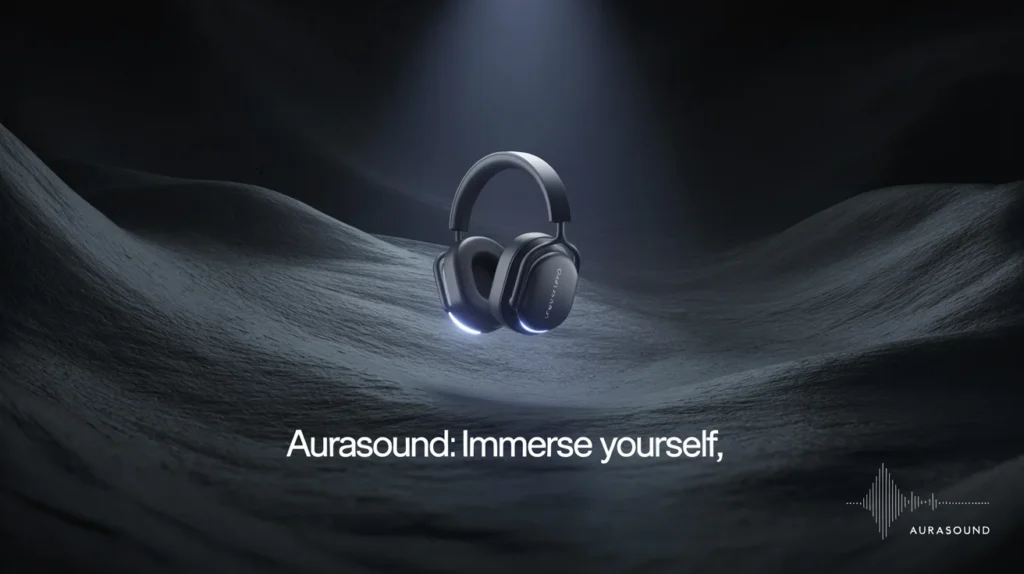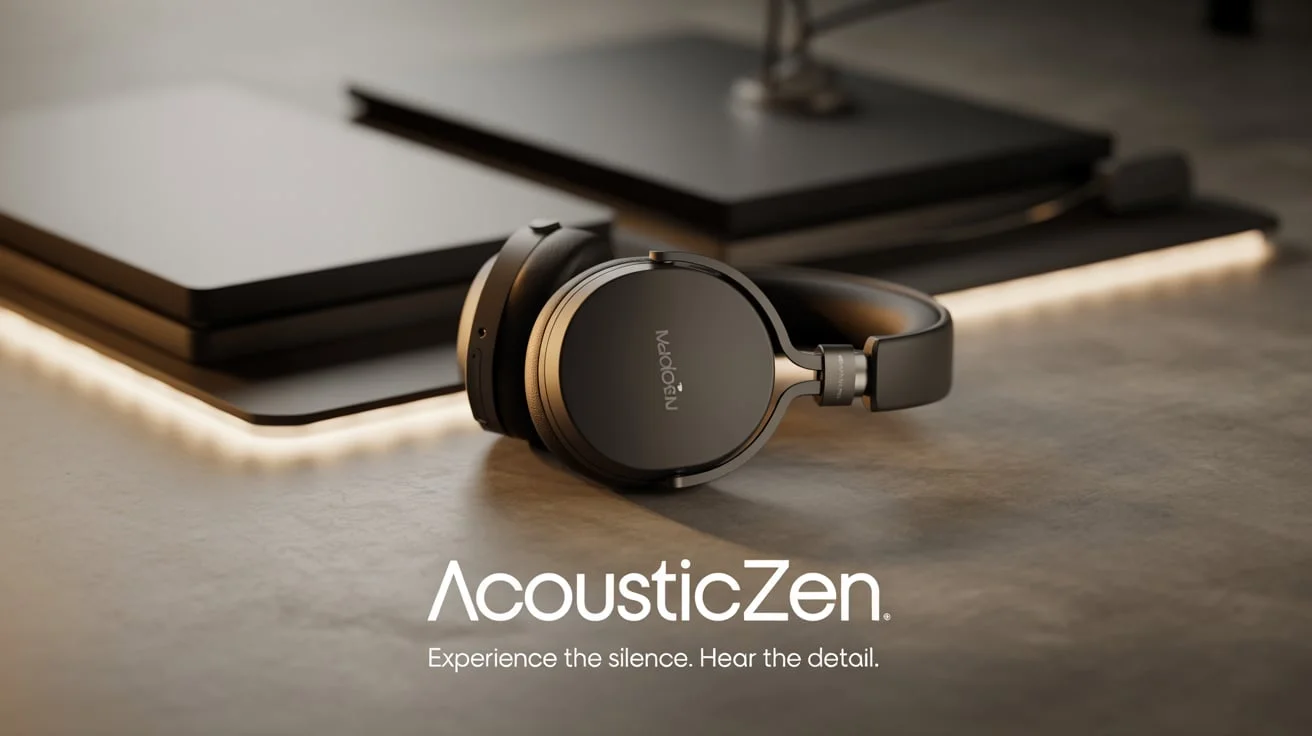In today’s digital world, sound quality and audio technology are crucial to how we experience media.
Whether watching a movie, listening to music, or attending a virtual meeting, audio clarity can make or break the experience.
Advances in this field have completely transformed how we hear and feel sound.
This industry has dramatically improved from analog systems to intelligent digital processors.
Let’s explore the key components of sound quality, emerging technologies, and how they affect our everyday lives.
The Evolution of Audio Technology
Audio technology began with analog devices like cassette players and radio transmitters.
These devices were limited in clarity and control. Over time, digital formats such as CDs and MP3s changed the landscape of audio delivery.
Modern-day audio systems now use Digital Signal Processing (DSP) to eliminate noise, enhance bass, and ensure a crisp sound experience.
High-resolution audio formats like FLAC and DSD provide listeners with sound quality as close to the original recording.
These changes didn’t happen overnight. It took decades of innovation and research for engineers to move from mechanical sound waves to finely tuned digital experiences.
What Determines Sound Quality?
Understanding sound quality involves more than just volume or bass. It depends on various factors, including sample rate, bit depth, speaker quality, and acoustic environment. Each plays a unique role in producing balanced, rich, and lifelike audio.
Good sound quality provides clarity in every tone, high, mid, and low frequencies. It avoids distortion and supports natural voice tones, which is especially important in music production and communication platforms.
When sound is processed correctly, the listener feels a more immersive and engaging experience, whether they’re using wired headphones or wireless earbuds.
Key Elements That Impact Sound Quality and Audio Technology

Many components contribute to audio systems’ overall performance. Both hardware and software must work in harmony to achieve optimal results.
For example, headphones with noise-canceling features require smart chips to detect ambient noise and suppress it. Similarly, home theater systems rely on acoustic tuning for balanced sound in different room shapes.
Here are some significant elements you should consider:
- Bit Rate and Sample Rate: Higher rates result in more accurate sound reproduction.
- Speaker Design: The material and shape of speakers influence sound projection.
- Digital Audio Codecs: Codecs like aptX and LDAC offer high-fidelity sound over Bluetooth.
- Room Acoustics: Sound bounces off surfaces, so furniture and wall materials affect output.
- Amplifiers: These boost sound signals without distorting the original audio.
How Modern Devices Enhance Sound
Today’s devices come with features that automatically enhance audio depending on the environment. Smartphones use AI-based noise reduction during calls, and smart TVs adjust sound modes based on what you’re watching, movies, sports, or music.
Streaming platforms also support high-definition audio formats. Spotify, Apple Music, and Tidal offer lossless music for premium users, ensuring they hear every detail as the artists intended.
Moreover, soundbars and smart speakers now include adaptive sound modes that change audio output in real time. This creates a rich and dynamic experience, even in small rooms.
- Voice Assistant Integration: Devices like Alexa and Google Assistant can recognize voice commands more accurately with better mic and sound design.
- True Wireless Stereo (TWS): These earbuds deliver stereo sound without cables.
- 3D Audio and Spatial Sound: Create an illusion of sound coming from all directions.
- Equalizer (EQ) Customization: Users can fine-tune bass, treble, and mids manually.
- Automatic Room Calibration: Some systems adjust output by scanning the room.
Role of AI and Machine Learning in Audio Tech
Artificial Intelligence is shaping the future of sound quality and audio technology. Machine learning algorithms analyze sound patterns and improve performance over time. These systems can filter out unwanted noise and optimize audio for various scenarios.
Many AI-powered systems can differentiate between speech and background noise, delivering more transparent voice communication. This is especially important in video conferencing, podcasts, and online learning.
AI is also used in hearing aids to boost relevant sounds while ignoring irrelevant ones. It’s helping millions of people hear more naturally without extra effort.
Wireless Technology and Its Impact
Bluetooth audio has evolved dramatically. Early versions had low-quality sound and frequent interruptions. Today’s Bluetooth 5.3 supports faster transmission, better connection stability, and lower power usage.
Moreover, wireless headphones and speakers now support advanced codecs that provide near-lossless audio. This allows users to enjoy high-quality music without tangled cables.
Battery life improvements also play a significant role. Some earbuds last over 10 hours on a single charge while maintaining crystal-clear sound.
Emerging Trends in Audio Technology
The world of audio is constantly evolving. New trends are emerging yearly, promising better listening experiences and more convenient features.
From immersive audio systems to voice-controlled smart speakers, the goal is to provide a personalized and seamless user experience. These innovations aim to make sound more interactive, spatial, and responsive.
Some promising developments include:
- Augmented Reality Audio: Combines real-world sound with digital effects.
- Binaural Recording: Captures sound from two microphones to replicate 3D sound.
- Self-Tuning Earphones: Adjust sound based on the shape of your ears.
- Low-Latency Streaming: Reduces audio delay during live broadcasts or gaming.
- Acoustic Holography: Projects sound into space without physical speakers.
Benefits of High-Quality Audio in Daily Life
Whether you’re listening to your favorite playlist or attending a business meeting, high-quality audio enhances every experience. It allows for better focus, more precise understanding, and deeper emotional connection to the content.
More precise sound helps students retain information better in education. Gaming gives players an edge by letting them hear subtle cues. It makes every explosion, whisper, or soundtrack more intense in movies.
- Better Focus and Productivity: Especially in remote work settings.
- Improved Mental Health: Music with good sound quality can calm the mind.
- Enhanced Communication: Reduces misunderstanding in online calls.
- Deeper Emotional Experience: Especially with cinematic sound effects.
- Accessibility Support: Assists the hearing impaired with clearer sound formats.
Choosing the Right Audio Gear
Investing in the right audio equipment ensures long-term satisfaction. Not all headphones or speakers are built the same, so it’s essential to consider what matters most to you.
If you’re a music lover, use gear that supports high-resolution audio. For gamers, look for surround sound and low latency. And for everyday users, comfort and battery life may be the top priorities.
Do your research, check reviews, and test products if possible before purchasing. High-quality audio gear might cost more, but it offers unmatched durability and experience.
Conclusion:
Sound quality and audio technology are no longer just luxury features; they’re essential in our connected lives.
As technology evolves, the line between human-like and digital sounds gets thinner.
From AI-powered headphones to spatial audio systems, the future is bright for anyone who values clarity, depth, and immersion.
By understanding the components that influence sound quality, we can make better choices for work, entertainment, and communication.
Frequently Asked Questions:
Q1. What makes audio high quality?
Audio is high quality when it offers clear, balanced sound without distortion across all frequencies.
Q2. What is spatial audio?
Spatial audio simulates sound in a 3D space, making it feel like it’s coming from different directions.
Q3. Is Bluetooth audio of good quality?
Yes, Bluetooth can offer near-lossless quality, especially with modern codecs like aptX and LDAC.
Q4. Do AI-powered audio devices work?
They improve noise cancellation, voice clarity, and personalized sound experiences.
Q5. What is the best audio format for quality?
FLAC and ALAC are considered among the best for preserving sound quality.




